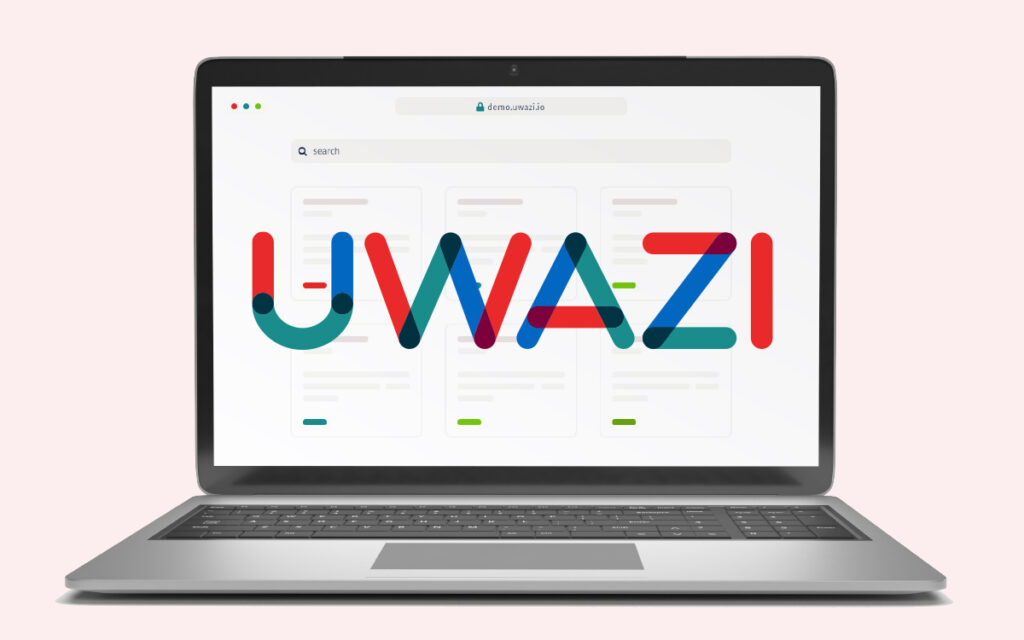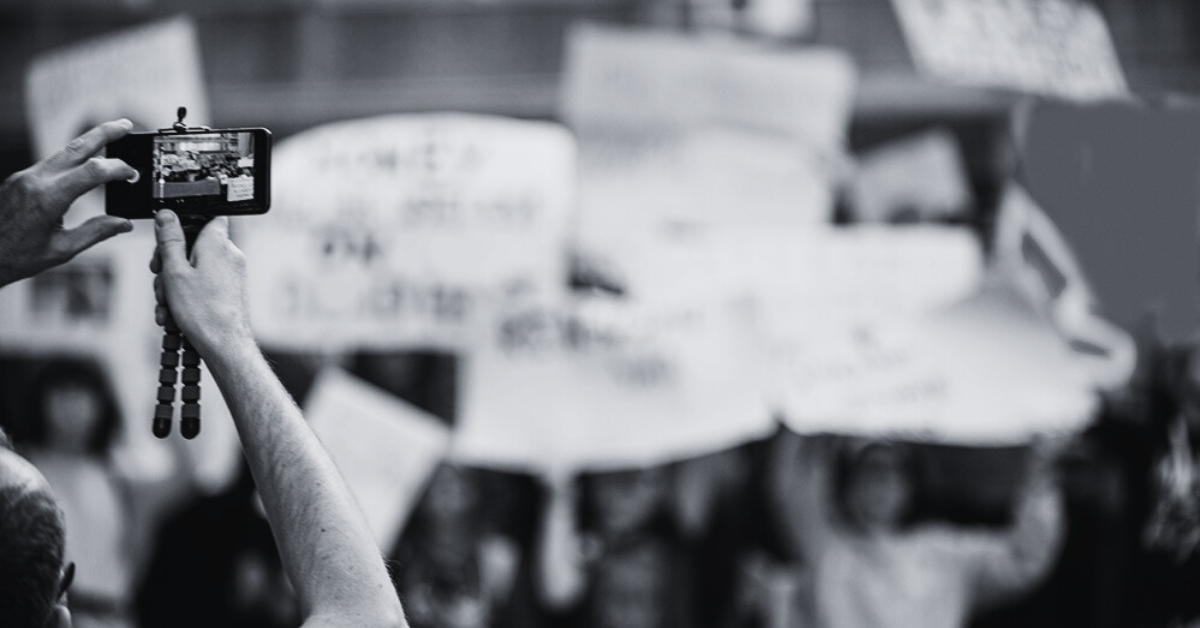Human rights documentation is complex and demanding work, requiring tools that not only adapt to challenging environments but also strengthen teams’ work, to capture, organise, and analyse information efficiently, saving countless hours of manual effort. Uwazi is HURIDOCS’s flagship open-source tool, and it was created with this mission in mind: to meet the diverse realities faced by defenders on the ground.
Its versatility and user-friendly design have also attracted journalists, researchers, museum workers, archivists, and educators, lawyers, making it a trusted platform for anyone seeking smarter, more secure, and time-saving documentation solutions.
This list explores how Uwazi moves from its core purpose through innovative technology to practical features that enhance collaboration and unlock powerful insights, making human rights documentation smarter and more effective.

1. Designed for the diverse realities of human rights work
Designed with and for human rights defenders, it is a secure solution and a flexible tool that supports large collections of data.
2. Machine learning that automates and amplifies documentation
Uwazi uses advanced ML models to automatically extract key metadata (names, dates, organisations), segment and analyse complex PDFs, and automatically translate content across 20+ languages, dramatically reducing manual work and breaking language barriers.
3. Tella integration for secure field collection
Evidence gathered in the field, like photos or videos, can be collected securely and offline using the Tella app, connected to Uwazi for structured documentation.
4. Linked entities that tell the full story
Uwazi makes it possible to connect records of people, geolocations, events, and other information, revealing complex relationships that bring depth and context to data.
5. Multilingual metadata and search
Uwazi enables tagging and searching in over 180 languages. This ensures that documentation remains accessible and meaningful across different linguistic contexts, supporting collaboration and localisation among diverse teams and communities.
6. Custom templates that reflect different needs
Design data structures that fit users’ specific needs, like human rights violations, legal cases, access to information, historic memories, and more. These can be tailored to match specific types of documentation, such as text, documents, images, videos, audio, and satellite imagery, ensuring that structures align with actual needs.
7. Real-time collaboration with role-based access
Multiple team members can work within the same platform, with granular permissions controlling who can view, edit, or manage collections.
8. Structured data and powerful search that shows insights and reveals patterns
Search within complex PDFs and organised data by using advanced filters to help uncover trends, inform advocacy, and support research.
9. Bulk imports that streamline migration
Entire spreadsheets and supporting files can be easily imported, preserving metadata and eliminating the need for repetitive manual entry.
10. Built for advocacy and confidential work
Uwazi supports both public and private collections, making it suitable for awareness campaigns, legal preparation, or internal monitoring where security and privacy are of utmost importance.
To find out how we can support your documentation needs, get in touch!
Explore public databases powered by Uwazi in our directory of human rights research databases.
